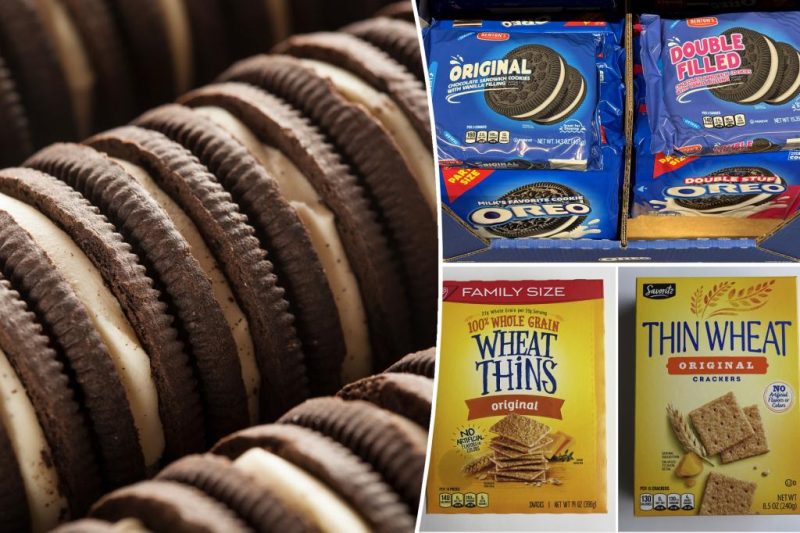
Mondelez International, the multinational food and beverage giant behind iconic brands like Oreo, has filed a lawsuit against Aldi, the popular budget supermarket chain. The crux of the dispute? Aldi’s allegedly infringing packaging design for its own line of cookies and crackers. Mondelez claims that Aldi’s packaging is a blatant imitation of their own, confusing consumers and unfairly capitalizing on the established brand recognition of Mondelez’s products.
The lawsuit highlights the lengths to which major brands will go to protect their intellectual property and brand identity. In a world where consumers are increasingly price-conscious, the appeal of store-brand alternatives is undeniable. However, when those alternatives allegedly mimic the packaging of established brands, the line between competition and infringement becomes blurred. Mondelez argues that Aldi’s packaging is deliberately designed to mislead consumers into believing they are purchasing Mondelez products, thereby unfairly gaining market share.
The legal battle promises to be a fascinating case study in trademark law and brand protection. It will likely delve into the specifics of packaging design, exploring the degree of similarity required to constitute infringement. The outcome will have significant implications for both large corporations and smaller competitors, setting a precedent for how closely store-brand products can emulate their more established counterparts. The case also underscores the importance of robust brand protection strategies for companies seeking to safeguard their market position and intellectual property.
This isn’t the first time a major brand has taken legal action against a competitor over packaging similarities. Similar disputes have arisen in the past, highlighting the ongoing tension between fostering competition and protecting established brands from unfair practices. The outcome of this case will be watched closely by industry observers, legal professionals, and businesses alike, providing valuable insights into the complexities of brand protection in the fiercely competitive world of consumer goods.










